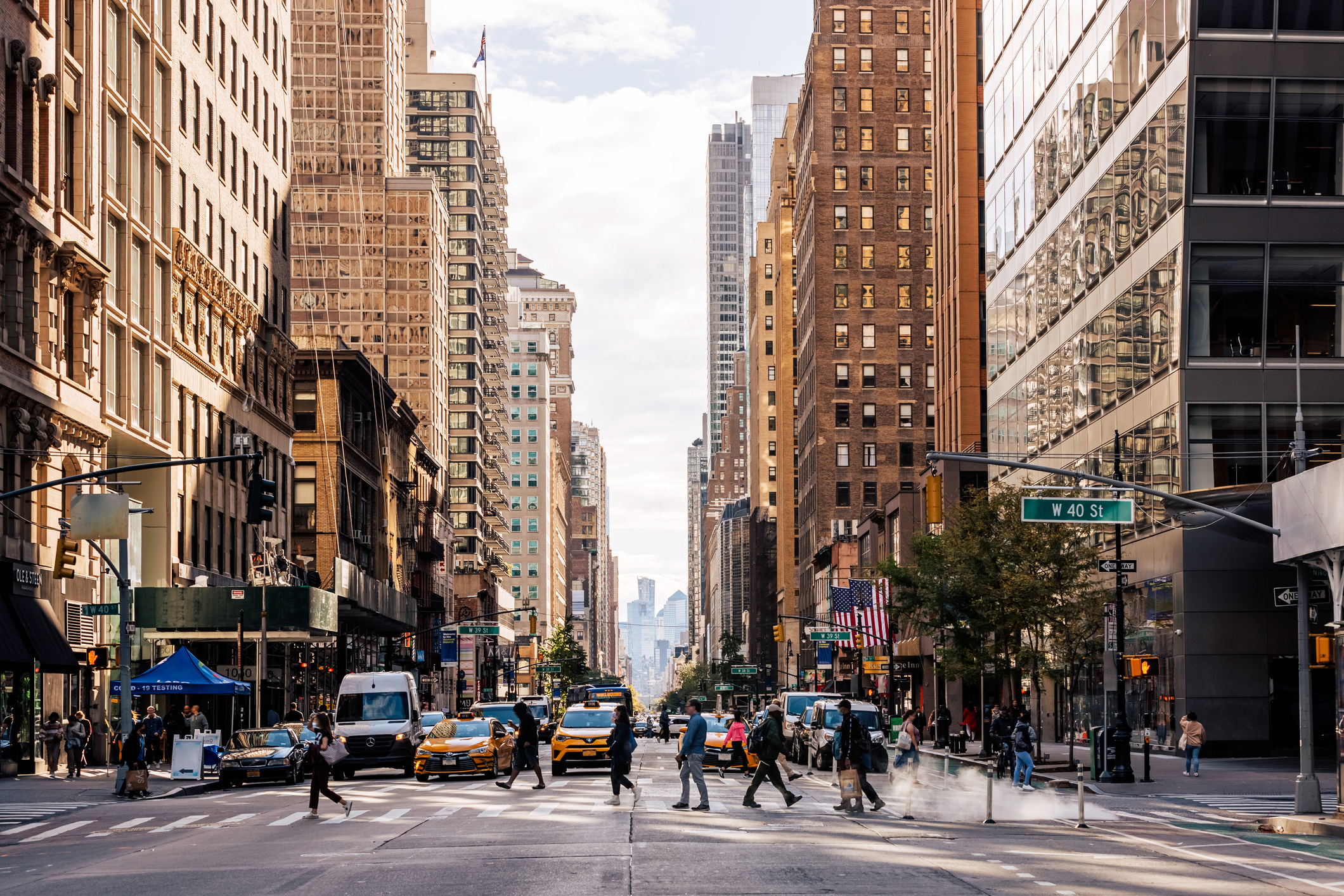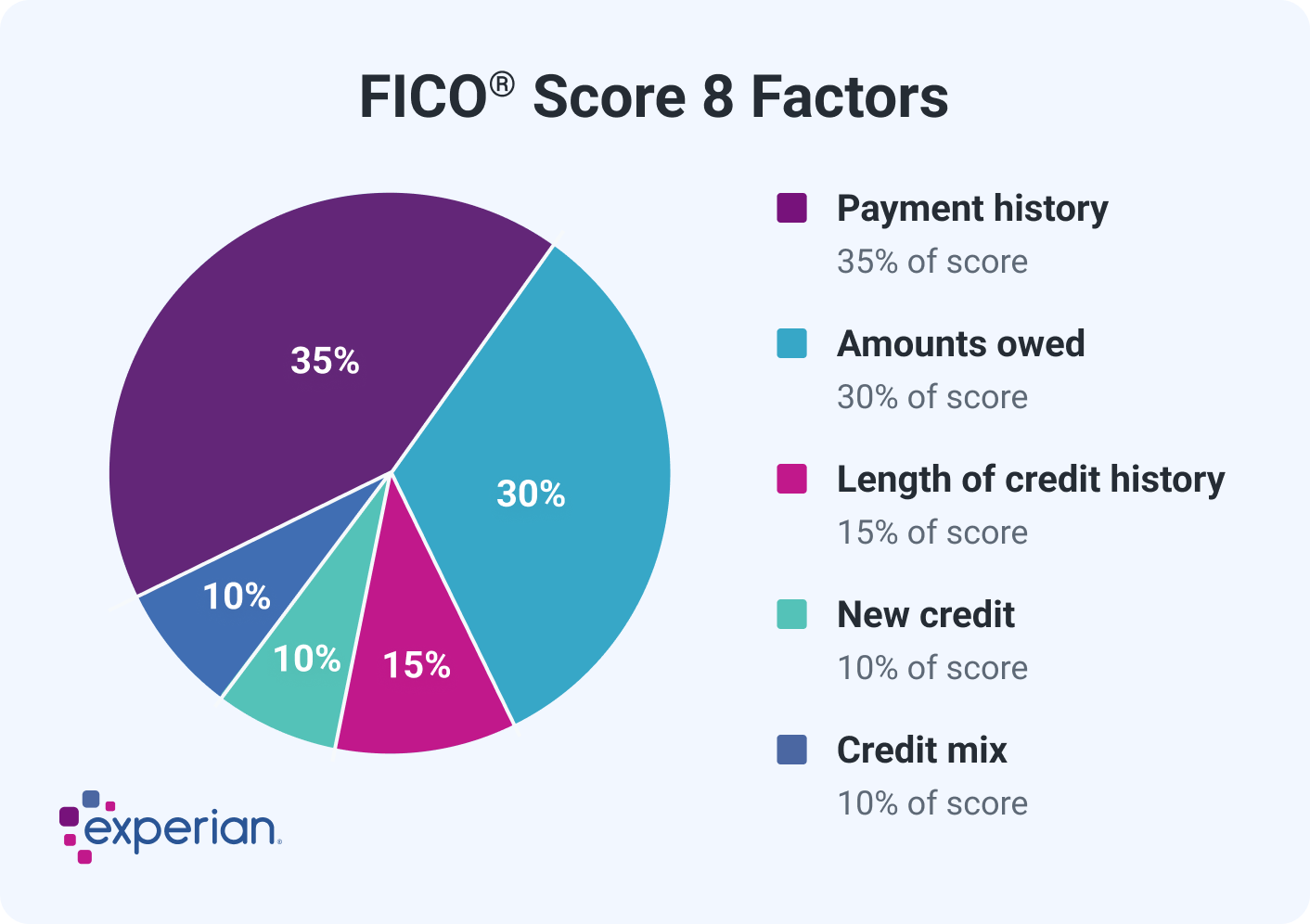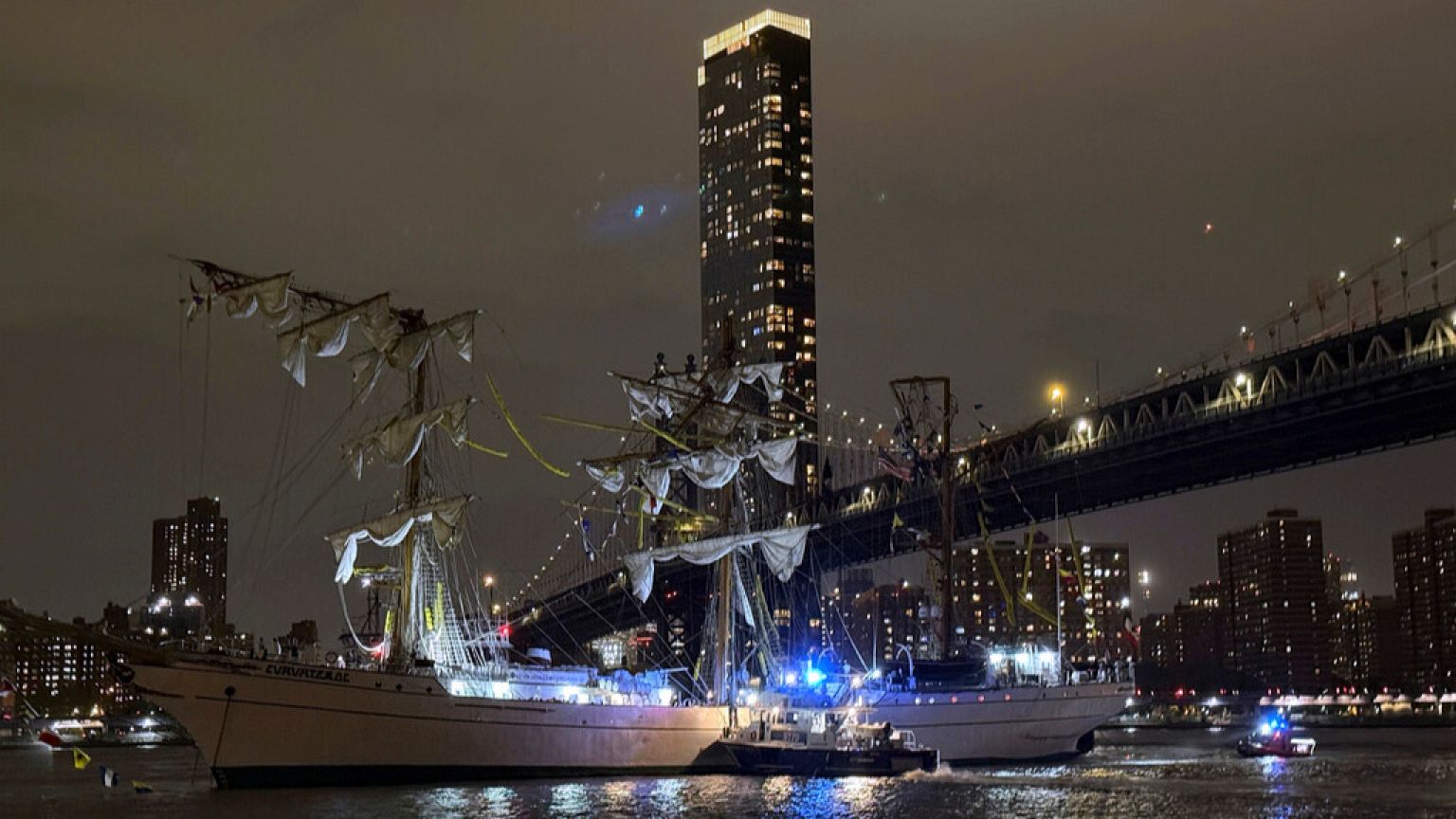The Melting Pot: How Immigration Shaped New York City Culture.

New York City, often referred to as "The City That Never Sleeps," is more than a metropolis of skyscrapers and bright lights—it is a living testament to the transformative power of immigration. Known globally as a cultural melting pot, NYC’s identity has been forged by waves of immigrants who brought their languages, traditions, cuisines, and dreams to its shores. From the Irish and Italians of the 19th century to today’s Dominican, Chinese, and South Asian communities, the story of New York is, at its core, the story of immigration.
A Historical Overview: Immigration Waves Through the Centuries.

The early 1800s marked the beginning of mass immigration to New York, largely driven by European unrest, poverty, and political upheaval. Between 1820 and 1920, more than 33 million immigrants arrived in the United States, and a vast majority entered through New York Harbor. Ellis Island, opened in 1892, became the symbolic gateway for over 12 million immigrants.
-
- Irish immigrants,
fleeing the Great Famine, arrived in large numbers in the mid-1800s. -
- Germans and Italians
followed, shaping neighborhoods like Little Italy and the Lower East Side. -
- Jewish immigrants
from Eastern Europe sought refuge from pogroms and persecution, enriching the city’s social, religious, and intellectual life.
These groups laid the groundwork for the working class of the industrial age, populating tenement neighborhoods and supplying labor for the city's burgeoning industries.
The 20th Century: Expansion, Legislation, and Identity.
:max_bytes(150000):strip_icc()/lbj-763d417d0bdb42b294513d3587543dae.jpg)
The Immigration Act of 1965 marked a turning point by abolishing the quota system that had restricted non-European immigration. This paved the way for new waves of immigrants from Latin America, Asia, the Caribbean, and Africa.
-
- Puerto Ricans,
who became U.S. citizens in 1917, moved to NYC in large numbers after World War II, establishing vibrant communities in East Harlem and the Bronx. -
- Dominicans
settled heavily in Washington Heights, transforming it into a cultural and political hub of Dominican-American life. -
- Chinese immigrants,
long established in Manhattan’s Chinatown, expanded into Queens and Brooklyn, creating a multi-borough cultural footprint. -
- South Asians and West Africans
added to the city’s diversity in the late 20th and early 21st centuries, influencing everything from food to fashion to music.
Cultural Contributions: The Mosaic of Modern New York.

Each immigrant community has shaped distinct neighborhoods that function like mini-countries within the city:
-
- Chinatown
, with its temples, herbal shops, and dim sum houses, preserves centuries-old traditions. -
- Jackson Heights
in Queens is a vibrant hub for Indian, Bangladeshi, Nepalese, and Pakistani cultures. -
- Arthur Avenue
in the Bronx remains a stronghold of Italian-American heritage.
These areas are not just residential—they are cultural destinations for festivals, markets, and restaurants that draw millions each year.
Cuisine: A Global Table.
:no_upscale()/cdn.vox-cdn.com/uploads/chorus_image/image/73845896/SBpoupay.0.jpeg)
Perhaps nothing illustrates New York's immigrant legacy better than its food. The city’s culinary diversity is unmatched:
- Bagels (Ashkenazi Jewish)
- Tacos al pastor (Mexican)
- Jamaican jerk chicken
- Korean BBQ
- Halal carts run by Egyptian and Bangladeshi vendors
Eating in New York is like traveling the world without leaving your zip code.
Arts and Music: A Cultural Crossroads
Immigration has also influenced New York’s rich artistic heritage:
- Harlem became a cradle of African-American art during the Harlem Renaissance, fueled by the Great Migration from the South.
- Salsa, hip-hop, jazz, and punk—all flourished in the city's multi-ethnic neighborhoods.
- Immigrant artists and performers continue to dominate stages on Broadway and galleries in Chelsea.
Challenges and Resilience: The Immigrant Experience.

Despite their vital contributions, immigrants in New York have often faced discrimination, poverty, and systemic challenges. Yet, their resilience has redefined the city’s ethos. Organizations like the New York Immigration Coalition and local community centers provide support, legal aid, and advocacy.
In response to recent anti-immigrant sentiment, New York has reaffirmed its identity as a sanctuary city. Programs for multilingual education, immigrant entrepreneurship, and cultural preservation ensure that all communities find a voice in the city’s ongoing narrative.
Modern Impact: Immigration in 21st Century NYC.
Today, over 3.2 million foreign-born residents live in New York City—more than the entire population of Chicago. More than 180 languages are spoken in NYC public schools, and nearly 40% of residents speak a language other than English at home.
Immigrants are not just surviving—they’re thriving. They are business owners, doctors, artists, and elected officials. They are shaping policy, redefining identity, and contributing to the city’s economic and cultural vitality in profound ways.
The melting pot is no mere metaphor—it is New York City’s living reality. Immigration has not just influenced the city’s culture; it is its culture. From street food to high fashion, grassroots activism to high art, the spirit of immigration courses through every avenue and alleyway.
As the world evolves, New York continues to welcome the dreamers and the doers, the hopeful and the brave. In doing so, it reaffirms its legacy—not just as a city of immigrants, but as a city built by them.



